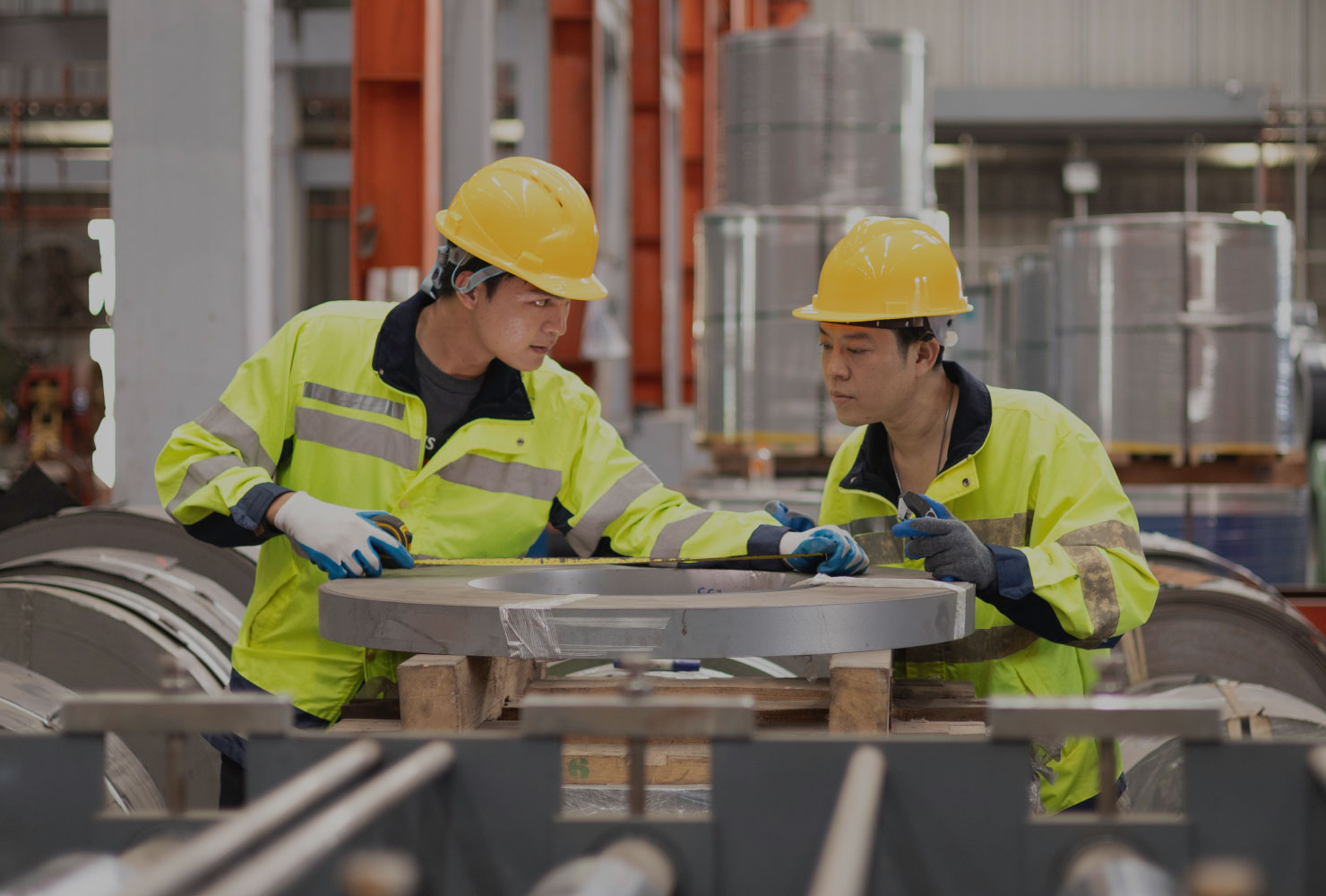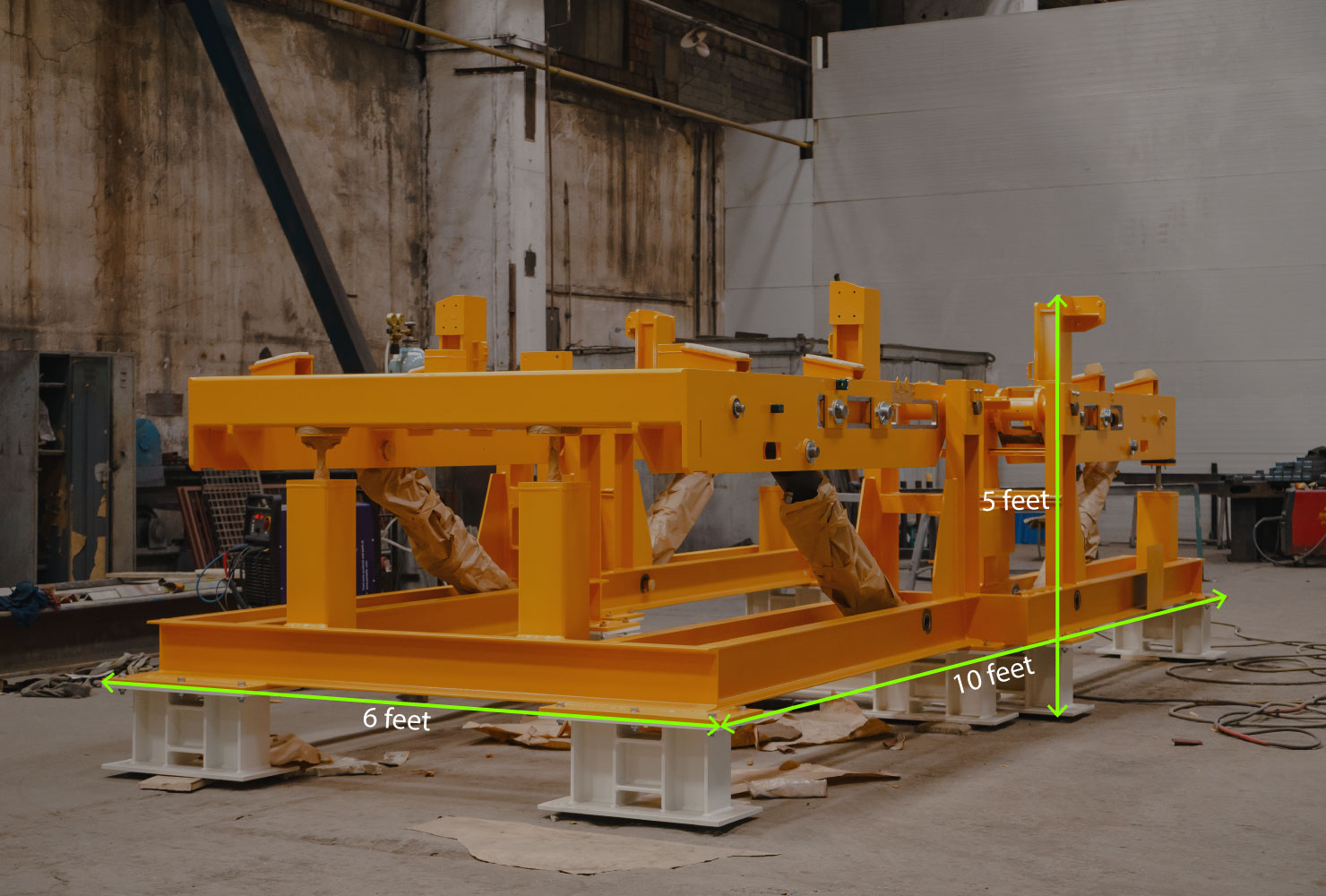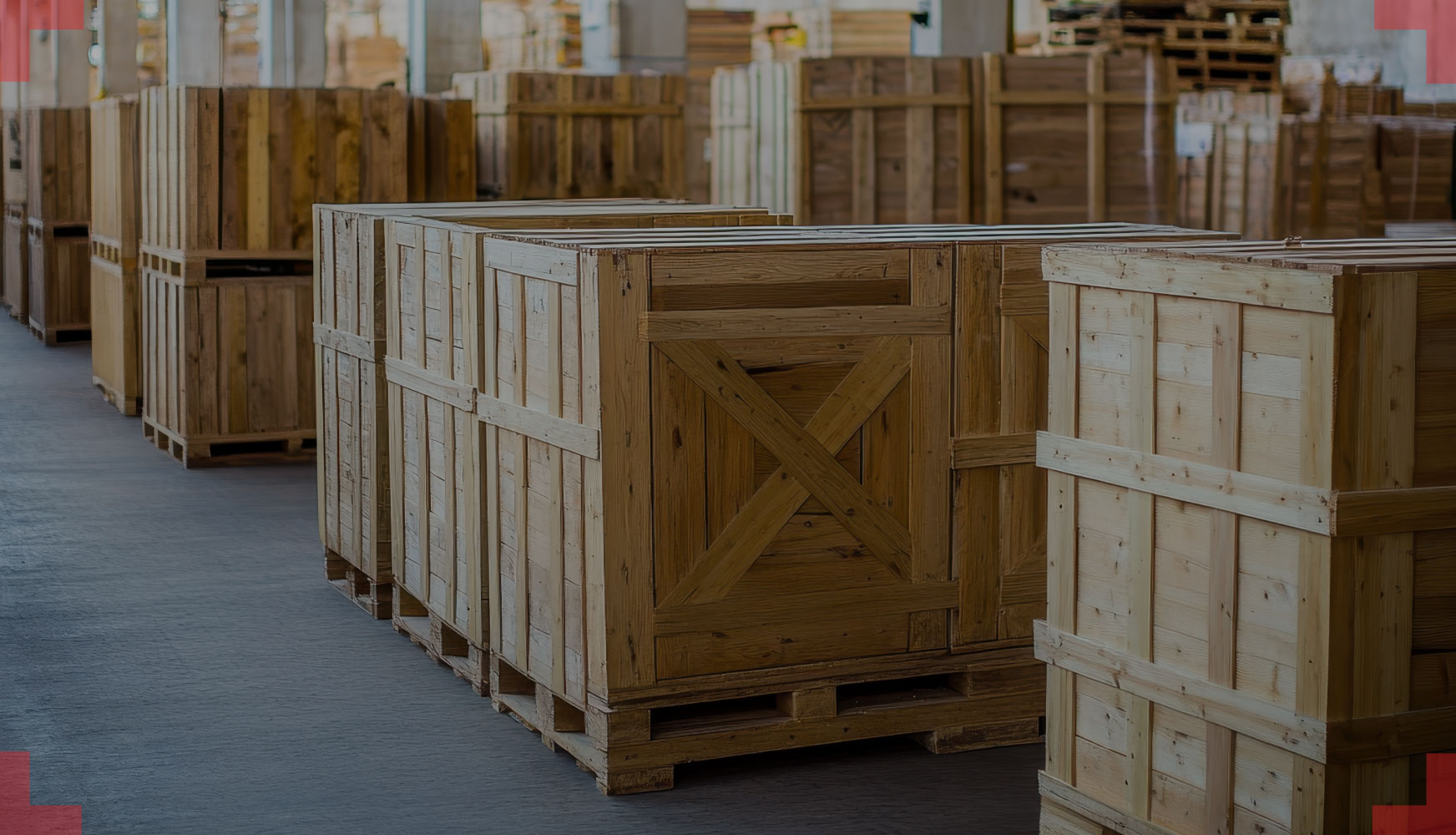Dimensional Measurement with Computer Vision for Smarter Packaging Design
- Vathslya Yedidi
- November 20, 2024
Dimensional measurement is critical in industries like logistics, construction, and manufacturing, where precise dimensions ensure safety, quality, and reliability. Accurate measurements play a key role in designing packaging that provides stability and protects components during transport, reducing the risk of damage.
For heavy machinery, where durability meets complexity, packaging must fit exact specifications. Small inaccuracies can cause strain, pressure points, or instability, compromising safety during transit. Precision ensures a secure fit that protects machinery, minimizes shifting, and supports safe delivery.
Traditional measurement methods, such as calipers and manual gauges, though effective, are often slow and prone to errors. Contact-based tools can also damage sensitive surfaces or struggle with larger equipment. These limitations have paved the way for advanced solutions.
With the advent of Vision AI, dimensional measurement with Computer Vision has become faster, more accurate, and safer. Package Dimension Detection with Vision AI uses non-contact methods to capture precise dimensions, reducing errors and improving efficiency. It enables seamless integration with workflows, ensuring tailored packaging for diverse products.
This blog explores the essential role of dimensional measurement in achieving packaging precision and highlights how Vision AI is transforming this process.
What is Dimensional Measurement?
Dimensional measurement captures an object’s (product) exact dimensions to verify that it meets design specifications. This process is crucial for maintaining product integrity, preventing defects, and ensuring proper fit and function.

Key Challenges in Package Measurements:
Human Error: Manual measurements are prone to mistakes in reading, recording, or calculating dimensions, leading to packaging mismatches.
Time-Consuming: Traditional measuring methods require multiple measurements and double-checks, slowing down the packaging process.
Physical Limitations: Large or heavy equipment makes manual measurements difficult and often requires multiple workers.
Consistency Issues: Different operators might measure differently, leading to variations in recorded dimensions.
Safety Concerns: Climbing or reaching to measure large equipment puts workers at risk of falls or injuries.
Why Dimensional Measurement Is Important in Package Measurements?
Accurate dimensional measurement is essential in packaging for several reasons:

Proper Space Planning: Dimension Detection for Accurate Measurement ensures efficient use of packaging space and container loading, crucial for heavy equipment transport. This helps optimize shipping costs and prevents wasted space in containers or trucks, directly impacting the bottom line.
Damage Prevention: Accurate dimensions determine correct cushioning gaps and support points, preventing equipment movement during transit. This is vital where even slight shifts can cause severe damage worth thousands of dollars.
Load Distribution: Dimension Inspection ensures balanced weight distribution in packaging, preventing tipping or uneven stress. This is critical when packaging heavy industrial equipment where improper load balance can compromise safety during transport.
Transport Compliance: Dimension Detection for Accurate Measurement help meet shipping regulations and route restrictions. This prevents costly delays and rerouting due to height, width, or weight limitations on roads and bridges.
Cost Optimization: Dimensional accuracy helps select the right packaging materials and shipping methods, reducing unnecessary expenses. This includes choosing proper container sizes, determining correct pallet specifications, and planning multi-unit shipments efficiently.
How Can Vision AI Be Used for Dimensional Measurement?
Implementing Dimension Measurement Using Vision AI involves several key steps:
Camera and Sensor Setup: High-resolution cameras are strategically placed to capture images from multiple angles, ensuring comprehensive coverage of the item.
Edge Detection: Vision AI algorithms detect edges, calculating exact measurements based on pixel data to identify dimensional accuracy.
Real-Time Data Capture: The system continuously captures and processes images, instantly ensuring each item meets specified dimensions.
Data Analysis and Flagging: Measurements are compared to tolerances, and any deviations are flagged immediately, reducing the risk of defective items progressing down the line.

Applications for Dimensional Measurement Using Vision AI in Various Manufacturing Units
Here’s how Vision AI supports accurate measurements in various scenarios:
Scenario 1: Large, High-Value Industrial Components
Large industrial components, such as structural frames, engine parts, or counterweights, are often made from high-strength materials to withstand extreme stress. Vision AI systems use high-resolution cameras to capture detailed images from multiple angles. Deep Learning algorithms analyze these images to identify dimensions and measurement points, ensuring a secure fit and minimizing risks, such as shifting during transport, which could lead to damage.
Example: An automotive manufacturing facility uses Package Dimension Inspection to measure brake pads, gears, and other high-stress parts, ensuring each item meets strict dimensional standards for proper assembly and safety.
Scenario 2: Electronics Manufacturing
In electronics manufacturing, precision is critical, as small components such as capacitors, chips, and circuit boards must meet exact specifications to function effectively. Package Dimension Detection with Vision AI provides the high-precision measurements needed to verify minimum and maximum diameters, lengths, and roundness, ensuring every component meets design requirements.
Example: A facility producing circuit boards uses Dimension Detection to measure each component’s dimensions within microns. This guarantees that parts fit perfectly on the board, reducing the risk of faulty assemblies and enhancing device reliability.
Scenario 3: High-Volume Consumer Goods on Production Lines
Vision AI performs dimensional checks to ensure each item meets size specifications on high-speed production lines, such as those found in the food and beverage or consumer goods industries. Cameras capture images of products as they move along the line, providing real-time data that flags deviations immediately. This is especially important for products like bottles, cartons, or boxes, where uniformity supports efficient stacking, transport, and storage.
Example: Vision AI measures each bottle’s height and width on a beverage production line to ensure consistency. Bottles outside the acceptable range are flagged for removal, preventing costly disruptions further down the line. Vision AI ensures that items like household products and toys meet specific size criteria in consumer goods, maintaining quality and brand reputation.
Scenario 4: Pharmaceuticals and Healthcare
In pharmaceuticals, accurate dimensions are essential to ensure proper dosage and product safety. Vision AI inspects product dimensions to meet regulatory standards, ensuring that pharmaceutical products are precisely manufactured and packaged.
Example: A pharmaceutical facility uses Vision AI to verify container dimensions, enhancing product safety and regulatory compliance. This ensures that the packaging is aligned with strict dosage standards, promoting patient safety.
Scenario 5: Logistics and Warehousing
Accurate dimensioning helps optimize storage and transport in logistics and warehousing by streamlining space allocation and reducing shipping costs.
Example: Vision AI measures package dimensions in a logistics center to automate and optimize warehouse storage space. Accurate measurements reduce errors and improve space utilization, reducing costs associated with excess storage or transport inefficiencies.
Scenario 6: Sheet and Film Products
Industries working with materials like metal sheets, films, or fabrics rely on accurate width and length measurements to prevent waste and ensure consistent quality. Vision AI systems ensure each sheet meets specified dimensions.
Example: A facility producing metal sheets uses Vision AI to verify each sheet’s width and length, maintaining quality and minimizing waste. This allows consistent output and reduces material costs in the long run.
Conclusion
Adopting Vision AI, manufacturers can ensure every item meets exact specifications, whether it’s a large industrial component or a high-volume consumer good. This technology supports high standards and operational efficiency, helping industries meet the growing demands for quality and safety in modern production environments.
Contact us today to learn more about how Vision AI for dimension detection can boost dimensional accuracy in your production line.

